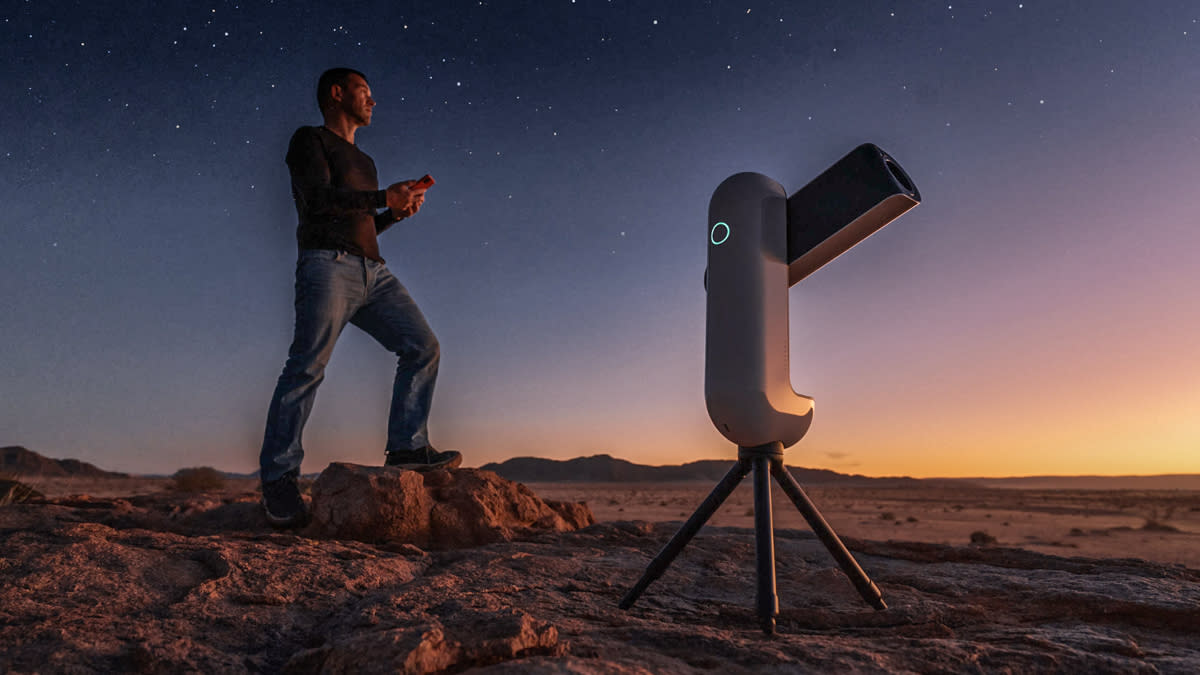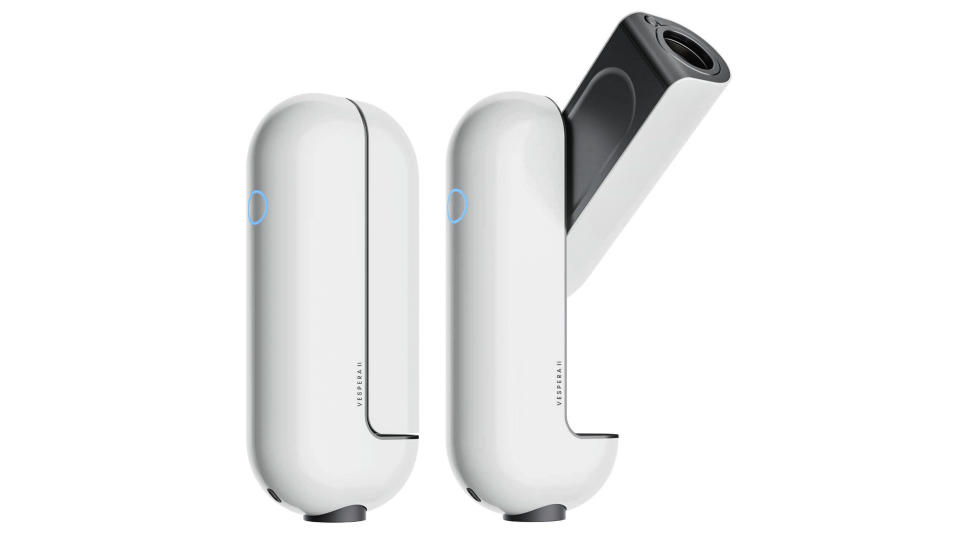Vaonis Vespera smart telescope gets serious boost in intergalactic resolution

Vaonis has added a new Mark II version of its Vespera smart telescope. The Vespera II offers higher resolution over the original Vespera, and other enhancments, in the same space-aged design as before.
Smart telescopes are becoming the modern way of seeing the stars. With built-in cameras, and remote control operation from your phone or tablet, you don't even need to go outside in the cold to explore the universe.
The new model become the third to in the Vaonis Vespera range - offering a step-up in spec from the Vespera which was announced in 2021 which it replaces. It is less expensive than the Vespera Pro which although announced late last year has still to go on sale. Vaonis also makes the more advanced Stellina smart telescope, and the soon-to-be-launched simpler Hyperia.

The key attraction of the Vespera II is the boost of resolution over its predecessor, offering a four times increase in native resolution to 8.3 megapixels from its larger Sony IMX 585 sensor. Vaonis's proprietary CovalENS technology increases resolution further to 24 megapixels using a multiple exposure technique.
The focal length of the telescope has been increased to 250mm from 200mm, while the aperture remains 50mm. The Vespera II is the same weight and size, tipping the scales at 5kg - but as a consequence battery capacity is reduced to four hours operation (down from eight).
The launch provides that competition and choice is hotting up in the emerging smart telescope model, with Unistellar launching two new models earlier this month, and with traditional telescope specialists Celestron introducing its first-ever smart telescope.
The price of the new Vaonis model is slightly more expensive than the original Vespera, and you no longer get a tripod thrown in with the deal. The Vespera II goes on sale this week for $1,590 / £1,370.
Check out our guides to the best smart telescopes, and to the best computerized telescopes

